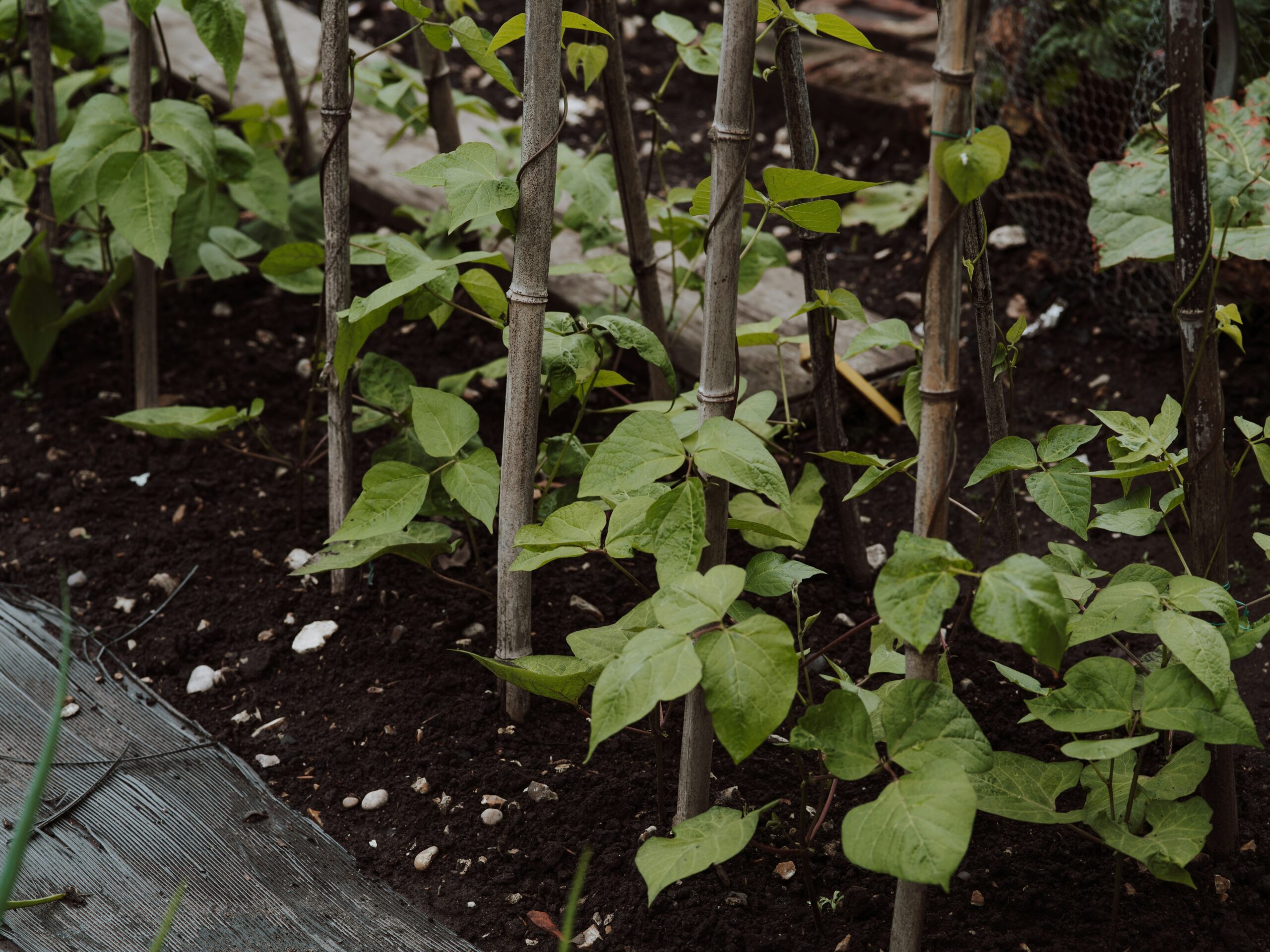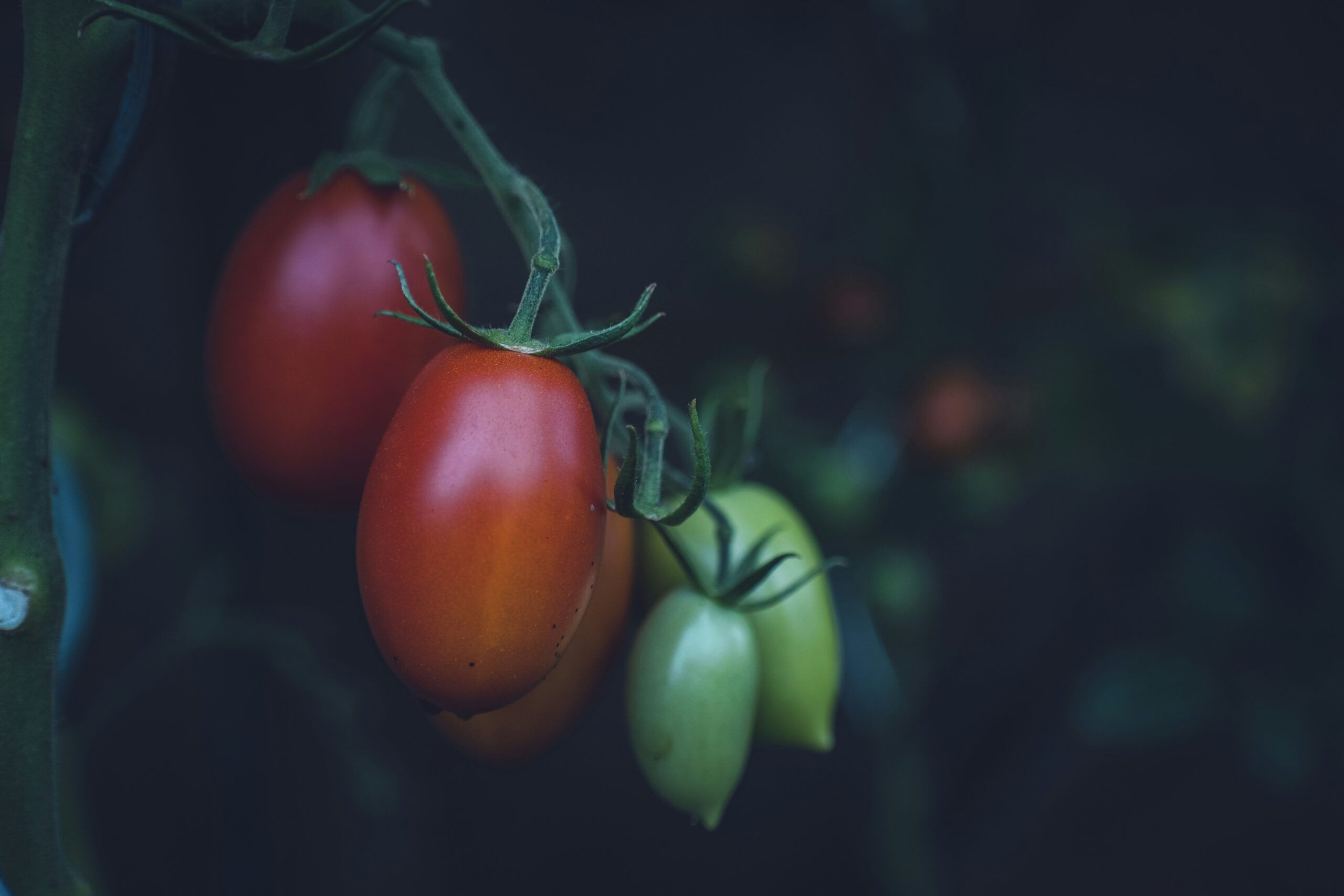Are you thinking about the possibility of growing your own food for emergencies? It’s a question that more and more people are pondering, given the unpredictable nature of global events and concerns about food security. You might be considering this option for peace of mind, self-reliance, or simply as a new project that aligns with sustainable living. In this guide, we’ll explore the potential of cultivating your own emergency food supply and the steps you can take to make it a reality.
Understanding the Need for Emergency Food Supplies
Natural disasters, economic fluctuations, and global health crises have heightened awareness about the fragility of our food systems. By growing your own food, you’re taking an important step toward reducing dependence on external factors and ensuring a level of food security for you and your loved ones. Let’s explore why this is a timely and practical consideration.
The Advantages of Growing Your Own Food
Growing your own food offers many benefits beyond emergency preparedness. You gain fresh produce, free from pesticides, tailored to your taste and nutritional needs. Additionally, it encourages healthy eating habits and reduces your carbon footprint by minimizing the need for food transportation. There’s also a deep satisfaction in nurturing plants and watching them grow into food that sustains you.
Common Challenges to Consider
While the benefits are substantial, there are challenges you might face. Space constraints, time commitments, and resource investment are among the hurdles. It’s important to plan ahead to ensure you can handle these challenges effectively without letting them become overwhelming.
Planning Your Emergency Garden
A successful emergency food supply starts with careful planning. Understanding what you can grow, how much you’ll need, and where it will be cultivated are crucial steps that lay the groundwork for your garden.
Choosing Suitable Crops
Choosing the right crops is essential for a sustainable emergency food supply. Some plants are hardier and produce more food with less input. Below is a table that outlines some favorable crops for beginner gardeners that offer substantial yields and have a relatively low maintenance requirement:
| Vegetable | Growth Season | Time to Harvest | Caloric Content (Approx per 100g) |
|---|---|---|---|
| Potatoes | Cool/Warm | 90-120 days | 77 calories |
| Kale | Cool | 55-75 days | 49 calories |
| Carrots | Cool/Warm | 70-80 days | 41 calories |
| Beans | Warm | 50-70 days | 31 calories |
| Squash | Warm | 70-100 days | 45 calories |
| Onions | Cool | 100-175 days | 40 calories |
Estimating Space and Yield
Understanding how much space and what yield you can expect is crucial for planning. Use techniques like square foot gardening to maximize your space, and research the specific needs of each plant you wish to grow. This will help you make the most of limited resources while still ensuring a significant yield.
Climate and Soil Considerations
The local climate and soil conditions greatly influence what and how you grow. Assessing your region’s climate helps determine planting schedules, while soil quality can be improved with composting and amendments to create a fertile growing environment.

Setting Up Your Garden
Once you’ve planned what to plant, it’s time to set up your garden. Picking the right location, preparing the soil, and setting up any necessary infrastructure are steps that will ensure healthier growth.
Selecting a Location
Your garden needs a spot with adequate sunlight, water access, and protection from potential hazards. Whether it’s raised beds in your backyard or containers in a sunny balcony, pick a location that suits your lifestyle and garden plan.
Preparing the Soil
Soil health is the foundation of a thriving garden. Test your soil to check its pH level and nutrient content, and enrich it with organic matter like compost or manure. Healthy soil not only boosts plant growth but also enhances resilience to pests and diseases.
Incorporating Watering Systems
Having an efficient watering system can save you time and ensure your plants receive consistent moisture. Drip irrigation or soaker hoses can be excellent choices, particularly for drought-prone regions. These systems reduce water waste and increase irrigation efficiency.
Maintaining Your Garden
The journey doesn’t stop once your plants start to grow. Consistent maintenance is key to a bountiful harvest.
Regular Monitoring and Care
Regularly check for signs of stress, diseases, or pests. Early detection makes managing these issues more manageable. Trimming, weeding, and supporting your plants with stakes or trellises where necessary helps maintain plant health and encourages productivity.
Utilizing Organic Practices
Adopting organic gardening methods such as crop rotation, natural pest control, and diversified planting reduce dependency on chemical fertilizers and pesticides, enhancing soil health and biodiversity in your garden.
Preserving Your Harvest
In emergencies, freshly grown produce needs preservation for extended usability. Techniques like canning, drying, or freezing can extend the shelf life of your harvest, ensuring you have nutritious food available when it’s needed the most.

Expanding Your Food Supply
If you find success in your initial endeavors, you may wish to expand your efforts. Consider diversifying the types of foods you grow and even moving into livestock or companion planting for added benefits.
Adding Fruit Trees and Bushes
Fruit trees and bushes, while requiring more space, are invaluable for long-term food supply. Apples, berries, and fruit trees not only supplement your diet but can also be preserved for later use.
Incorporating Livestock
If space and regulations permit, raising small livestock such as chickens or rabbits can provide protein and contribute to a more balanced diet. They require attention but can be extremely rewarding.
Community Gardening
Collaborate with neighbors through community gardening initiatives. Sharing resources and information can strengthen your food security efforts and build community ties.
The Mental and Physical Benefits
Beyond tangible benefits, growing food contributes positively to mental health, reduces stress, and promotes physical activity. Gardening keeps you engaged both mentally and physically, providing fun challenges and rewarding successes.
Stress Reduction and Relaxation
Spending time tending to your plants can serve as a wonderful stress reliever. The peaceful environment and the satisfaction derived from nurturing growth are profoundly calming.
Physical Exercise
The physical work involved in gardening enhances your strength, stamina, and flexibility. It’s a productive alternative to conventional exercise, especially rewarding as it contributes to food production.

Final Thoughts
In today’s uncertain world, taking control of your food supply is a proactive step toward ensuring stability and self-reliance. Growing your own food is not just about preparation for emergencies but also fosters a sense of satisfaction, health, and environmental stewardship. Whether you’re starting small with a few pots on a balcony or planning a bountiful backyard garden, each step you take toward growing your own food brings you closer to empowerment and resilience. Keep learning, experimenting, and enjoying the journey. Your emergency food garden will be as rewarding as you make it.

